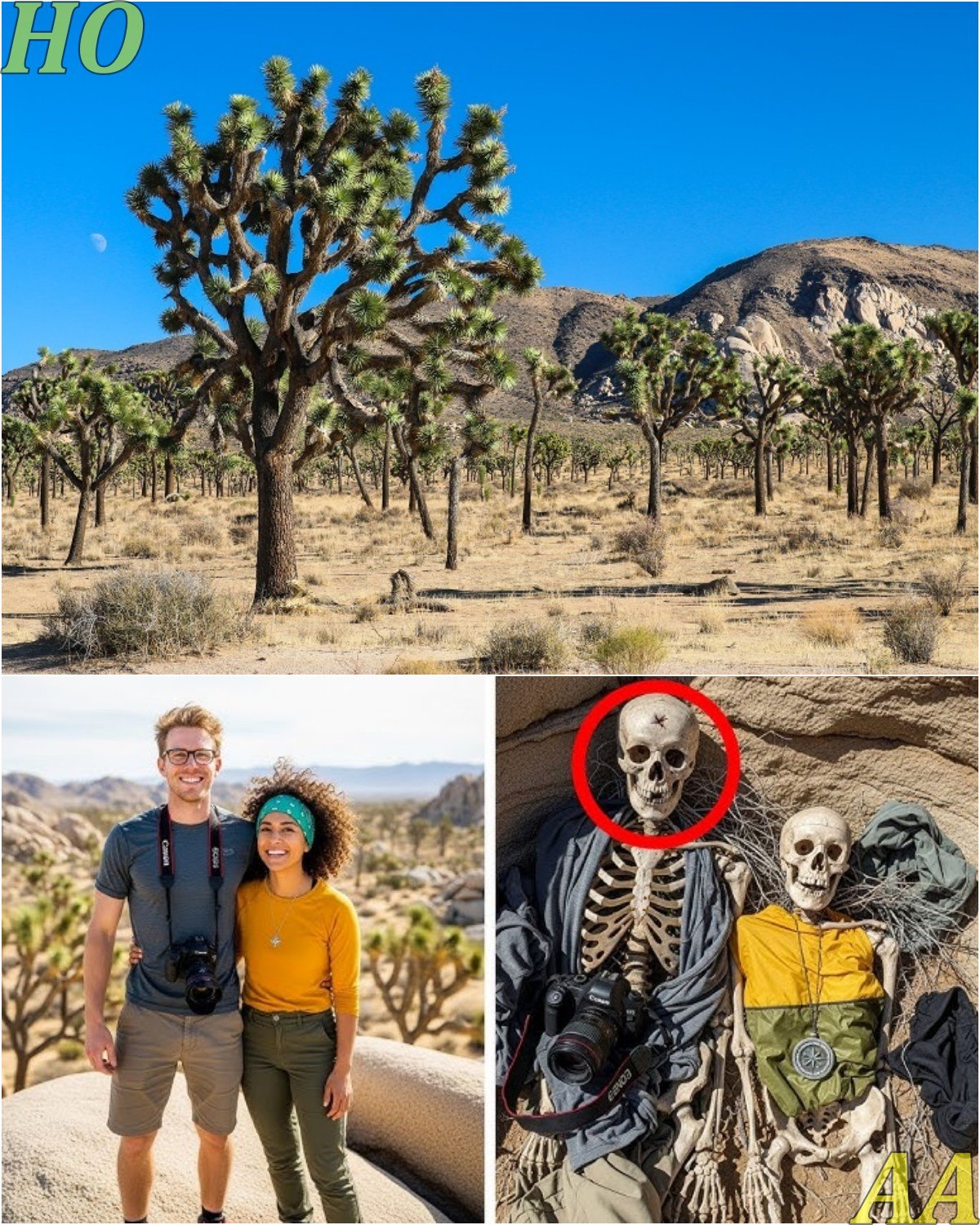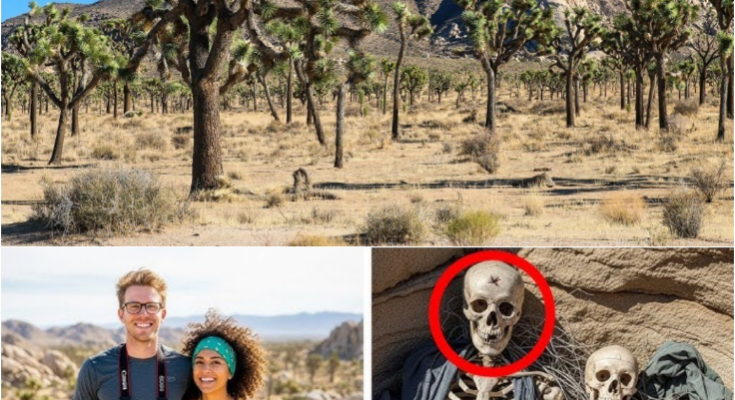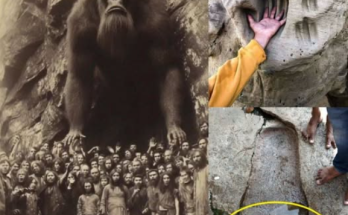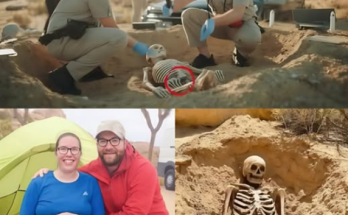Joshua Tree, long celebrated for its stark beauty and rugged landscapes, has revealed a haunting story hidden for years beneath its vast desert sands. Adventurers who once filmed in the park have now been discovered as skeletons, preserved by the arid environment, turning a travel tale into a chilling historical mystery. This discovery offers a poignant reflection on human mortality, resilience, and the silent narratives embedded in the natural world.

The Discovery
The skeletal remains were uncovered in a remote section of Joshua Tree National Park, where the desert’s dry climate preserved the bones remarkably well. Archaeologists and park officials, drawn by reports of unusual formations and subtle disturbances in the sand, confirmed the identities of the adventurers. Although years had passed since their disappearance, the desert acted as a natural time capsule, maintaining both the physical evidence and a sense of the final moments experienced by the individuals.
Each skeleton tells a story: the positioning of the remains, wear patterns on bones, and remnants of personal items suggest care, struggle, and endurance. The adventurers’ final journey, previously thought to be lost to time, now provides researchers with a tangible connection to both human vulnerability and the enduring harshness of desert environments.
Insights Into Life, Death, and the Desert

Joshua Tree’s extreme climate played a key role in preserving the remains, highlighting the desert’s dual character as both beautiful and unforgiving. The discovery underscores the challenges of desert survival, including limited water, high temperatures, and isolation. Beyond survival, the bones and artifacts offer clues about daily life during the adventurers’ journey—tools used, movements across the terrain, and the relationship between humans and the harsh landscape.
This find also provides cultural and emotional insights. The fact that the adventurers were together at the time of death suggests companionship and mutual support, a poignant reminder of human bonds even in the face of extreme adversity. Archaeologists are studying the site carefully to reconstruct events and honor the legacy of those who perished, ensuring that their story is preserved for history and reflection.
Broader Significance
The Joshua Tree discovery resonates beyond archaeology. It serves as a testament to human curiosity and the desire to explore, reminding us that the natural world holds both beauty and danger. Researchers and visitors alike are prompted to consider the delicate balance between adventure and safety, and the lasting impact of our interaction with remote environments.
Furthermore, this case illustrates how landscapes can serve as historical record-keepers. Deserts, mountains, and other extreme environments often preserve evidence of human activity far longer than temperate regions, allowing stories of resilience, tragedy, and survival to endure.
Conclusion
Joshua Tree’s silent secrets have finally been revealed through the discovery of adventurers’ skeletons, offering a haunting glimpse into human mortality, resilience, and the unforgiving beauty of the desert. Each bone, artifact, and placement tells a story of struggle, companionship, and the enduring human spirit. The desert, expansive and eternal, connects past and present, reminding us that memory, love, and truth persist even in the harshest conditions. This discovery is not only an archaeological milestone but a poignant testament to the lasting impact of human journeys etched into the sands of time.



